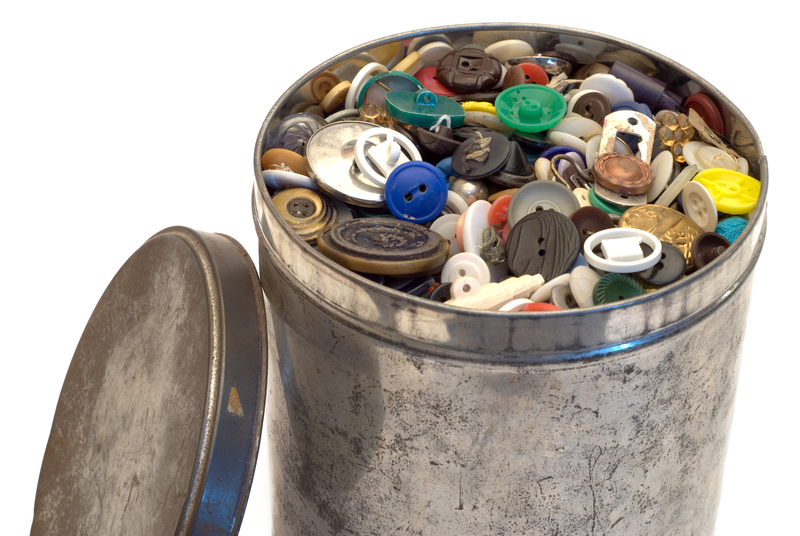Understanding Microplastic Pollution
Microplastic pollution has emerged as a critical environmental issue. These tiny plastic particles, often less than 5 millimeters in size, originate from a variety of sources, including plastic bags, bottles, and synthetic clothing fibers. As they infiltrate ecosystems worldwide, microplastics wreak havoc on marine life, contaminate soil, and even enter the human food chain.

The Global Impact of Microplastics
The pervasive presence of microplastics has far-reaching consequences on marine ecosystems. Fish and other marine animals often mistake these particles for food, leading to internal blockages, starvation, and even death. For humans, the ingestion of microplastics through seafood consumption raises concerns about potential health risks, including toxicity and hormonal disruption.
Current Solutions and Their Limitations
Traditional Approaches to Combat Microplastic Pollution
Governments and environmental organizations have implemented several strategies to address microplastic pollution. These include plastic bans, waste management improvements, and public awareness campaigns. However, these measures alone are not sufficient to halt the widespread dissemination of microplastics.
- Plastic Bans: While bans on single-use plastics have successfully reduced the production of plastic waste, they have not completely curbed the spread of microplastics.
- Waste Management Improvements: Enhanced recycling and waste management practices help reduce macro plastic waste but often fall short in capturing microplastics.
- Public Awareness Campaigns: Although these campaigns have raised awareness about the issue, they sometimes lack effective calls to action needed for substantial change.
Innovative Approaches to Stop Microplastic Pollution
Advanced Filtration Systems
To effectively prevent microplastics from reaching water bodies, innovative advanced filtration systems are being developed. These systems, equipped with high-efficiency filters, are capable of capturing even the smallest plastic particles:
- Nanofiber Filters: Designed for wastewater treatment plants, these filters use extremely fine fibers to trap microplastics, preventing them from entering rivers and oceans.
- Electrospun Membranes: Utilizing a process called electrospinning, these membranes offer a highly porous structure that captures microplastics effectively without slowing down water flow.
Biodegradable Plastics
The development of biodegradable plastics offers promise in reducing the environmental impact of microplastics. These plastics are designed to break down naturally, decomposing into harmless substances over time. Researchers are working on improving the properties of biodegradable plastics to make them more sustainable and pervasive in everyday use.
- Polyhydroxyalkanoates (PHAs): A group of biodegradable plastics produced by bacteria, PHAs are being investigated for their potential to replace conventional plastics in various applications.
- PLA (Polylactic Acid): Widely used in packaging and disposable items, PLA is derived from renewable resources like corn starch, making it an eco-friendly alternative.
Microplastics Capture Technologies in Household Appliances
Household appliances, particularly washing machines, are significant contributors to microplastics pollution. Innovative technologies aim to capture microfibers released during laundry cycles:
- Microfiber Filters: Add-on filters for washing machines can capture microfibers before they are released into wastewater, drastically reducing the household contribution to microplastic pollution.
- Innovative Lint Traps: Advanced lint traps with finer meshes capture more microfibers, ensuring they do not enter waterways.
Restoration of Natural Ecosystems
Restoration projects for natural ecosystems play a crucial role in mitigating microplastic pollution. Healthy ecosystems such as wetlands, mangroves, and coral reefs can act as natural filters, trapping microplastics before they spread further:
- Wetland Restoration: Initiatives to restore and protect wetlands encourage biodiversity, enhance water quality, and help trap microplastic pollutants.
- Mangrove Plantations: Mangroves, with their complex root systems, can effectively trap aquatic debris, including microplastics, preventing their further dissemination.
Role of Legislation and Policy
Effective legislation and policy changes are vital to the success of reducing microplastic pollution. Governments around the world are beginning to implement regulations that promote sustainable business practices and reduce plastic waste production:
- Extended Producer Responsibility (EPR): Under EPR policies, manufacturers are held accountable for the entire lifecycle of their products, encouraging them to develop more sustainable alternatives.
- Plastic Taxes and Levies: Implementing financial penalties on the production and sale of plastic products encourages companies to innovate and reduce plastic usage.

Collaboration and Global Efforts
The fight against microplastic pollution requires global collaboration. Organizations, policymakers, businesses, and individuals must work together to implement effective solutions:
- International Agreements: Agreements such as the Paris Agreement can be expanded to include measures specifically targeting plastic pollution.
- Public-Private Partnerships: Collaboration between public and private sectors can lead to the development of new technologies and policies that address the issue efficiently and effectively.
- Community Involvement: Grassroots movements and community initiatives empower individuals to contribute to the reduction of plastic waste through local actions and awareness campaigns.
Conclusion
Stopping microplastic pollution demands a comprehensive approach encompassing technological innovation, policy reform, and community engagement. By implementing innovative solutions and fostering global cooperation, it is possible to mitigate the impact of microplastics on our planet and ensure a healthier, more sustainable future for generations to come.
As we advance, our commitment to reducing microplastic pollution will define our ability to preserve vital ecosystems, protect marine life, and maintain the delicate balance necessary for a thriving environment.